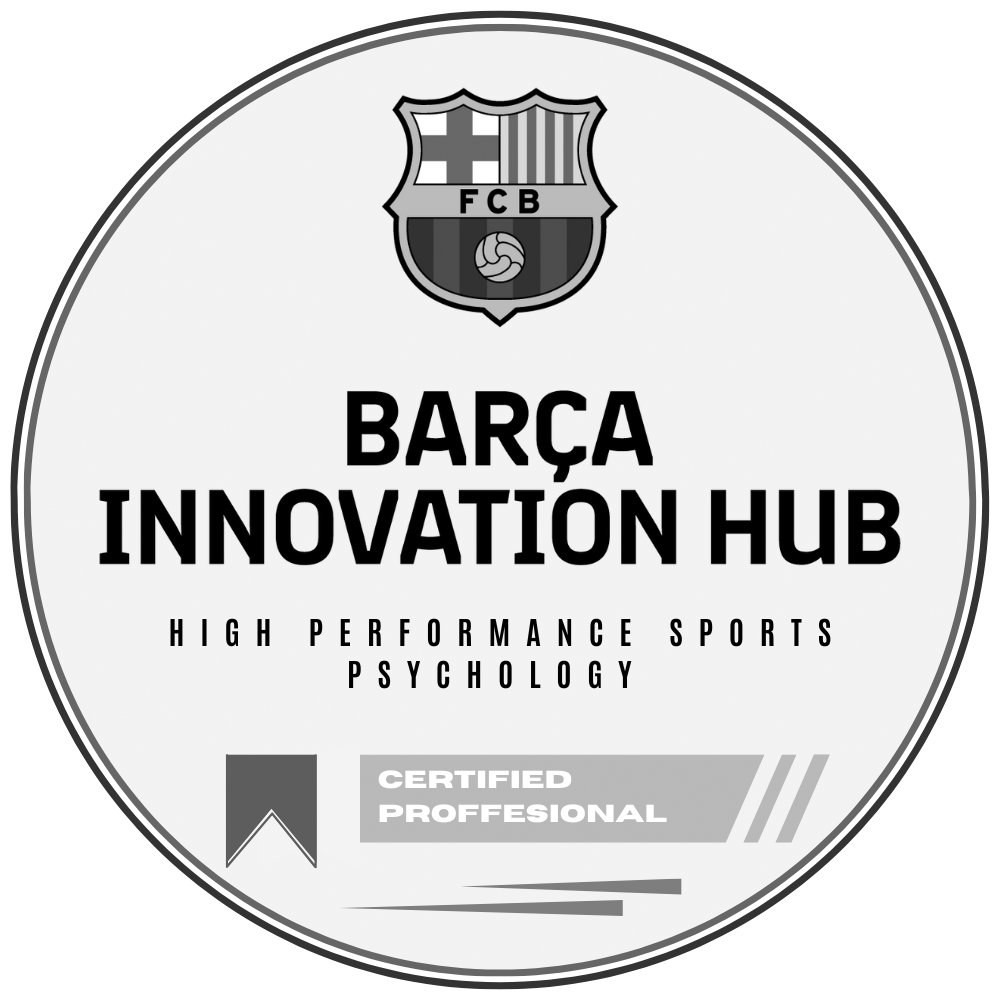It began in Deepak Chopra’s home in La Jolla. I was there for a small group session where he was teaching Transcendental Meditation. The atmosphere was serene, with sunlight spilling through wide windows and the Pacific quietly humming in the background. At one point, Deepak spoke about the intelligence of the heart. “The heart isn’t just a pump,” he said. “It’s an organ of perception.”
That phrase hit me in a way I didn’t expect. I didn’t fully understand it at the time, but something in me recognized it.
Years later, in India, during my Ayurvedic training with Kristos and Foster, that early moment came full circle. There, I learned that the heart is seen not just as a source of emotion, but as the seat of consciousness itself. It’s where clarity, courage, and deep knowing reside.
But it wasn’t until much further down the road, when I came across the work of Gregg Braden and the Institute of HeartMath, that all the pieces started falling into place.
What Ancient Wisdom Knew and Modern Science Now Measures
HeartMath’s research shows something astonishing, though perhaps not surprising: the heart sends more signals to the brain than the brain sends to the heart. These aren’t just metaphors. They’re measurable electrical and magnetic impulses. The heart isn’t reacting to the brain. It’s guiding it.
And depending on what the heart is feeling (stress, fear, frustration versus gratitude, care, or compassion), it sends very different messages. Jagged, chaotic signals trigger fight-or-flight chemistry: cortisol, adrenaline, narrowed vision. But when the heart shifts into a coherent rhythm, it tells the brain, “We’re safe.” From that place, the body opens, both literally and figuratively. Immune response improves. Decision-making sharpens. Creativity returns. We become more fully ourselves.
This, to me, is where things get really interesting. Not just as a coach or someone with a long career in leadership, but as a human being navigating complexity, ambiguity, and relationships every day.
Head, Heart, and Gut: Three Kinds of Knowing
In my work, I often say the head holds analytical power, the heart holds emotional wisdom, and the gut carries instinctive knowing. The trick isn’t to elevate one over the others, but to learn how to harmonize them. To know when a decision needs more thinking, when it needs more feeling, or when it just needs to be made.
But increasingly, I’ve found that the heart is the bridge. It’s the organ that listens in both directions. It grounds logic in empathy and tempers instinct with compassion.
The Gamma State: Super Learning and Deep Intuition
Braden talks about the gamma brainwave state, a state Tibetan monks have been able to access through decades of meditation. In this state, the brain moves fast, in harmony. What’s most striking is how this state is often initiated not by the brain alone, but by the heart.
When we create coherence between the heart and brain, we shift into gamma. And in that state, something else becomes available: deep intuition, focus, clarity, even sensory enhancement. People describe remembering entire experiences in vivid detail or being able to pick up subtle cues they’d normally miss.
This is what he calls “awakening the single eye of the heart.” In Cherokee tradition, it’s known as Shantihishta—not an eye that judges, but one that discerns. It sees what is true for you. Not in the analytical sense of right or wrong, but in a quiet knowing that lives beneath language.
I’ve felt that. And if you’ve ever had a moment where your gut said yes before your brain caught up, you probably have too.
A Simple Practice That Changes Everything
Here’s the beautiful part: you don’t need to disappear into a monastery for three years to access this state. There’s a simple practice, backed by science and rooted in ancient wisdom, that builds this heart-brain connection in just a few minutes a day.
It starts with three steps:
- Shift attention to the heart. Gently place your hand on your chest. Touch brings awareness.
- Slow your breathing. Inhale for five seconds, exhale for five seconds. Tell your body it’s safe.
- Activate a renewing emotion. Feel appreciation, care, compassion, or gratitude. Not intellectually, but emotionally. Think of a person you love. A place that calms you. A memory that warms you. Let it fill your chest.
Just three minutes of this shifts the electrical patterns in your heart, creating coherence. The brain responds by producing a completely different neurochemical cocktail: anti-inflammatory, regenerative, creative. And those effects can last up to six hours.
Why This Matters in Leadership (and Life)
This isn’t just self-care. This is leadership hygiene.
When leaders operate from a coherent state, they respond instead of react. They listen differently. They communicate more clearly. They create cultures where people feel safer, and more accountable at the same time.
I’ve seen this happen in coaching conversations. A CEO who begins a session scattered and tense, but drops into coherence and suddenly accesses a deeper kind of clarity. A family business leader who breathes for a moment before speaking and chooses a response that invites trust instead of defense. These aren’t minor shifts. They’re the difference between conflict and resolution, between surviving and evolving.
Coming Full Circle
What started for me as a meditation exercise in La Jolla has grown into one of the most practical tools I use in my life and work. The intersection of modern science, indigenous wisdom, and embodied practice has become not just a curiosity, but a path.
We’re not meant to live solely from the head. The heart is not sentimental. It’s strategic. It knows things the mind alone cannot.
And maybe the work, for those of us in leadership, in coaching, in families, is to learn to trust it again.



.svg.png)










.png)


